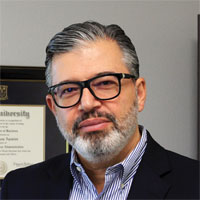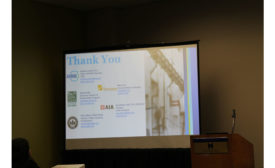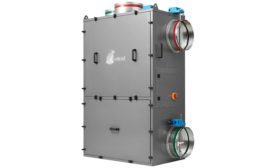Home » ASHRAE standards
Articles Tagged with ''ASHRAE standards''
Let’s not accidentally make the problem worse
Read More
AHRI Board Supports ASHRAE and UL Safety Standards
Adoption in building codes to enable new refrigerant uses is urged
January 8, 2020
ASHRAE 189.1: A Higher Standard for High-Performance Green Buildings, Pt. 2
Understanding the current parameters for energy efficient buildings
Read More
ASHRAE 189.1: A Higher Standard for High-Performance Green Buildings, Pt. 1
Understanding the current parameters for energy efficient buildings
Read More
Revised Residential Energy Standard Is Open for Comment
Residential sector consumes approximately one-fifth of all primary energy
December 5, 2016
Copyright ©2024. All Rights Reserved BNP Media.
Design, CMS, Hosting & Web Development :: ePublishing









